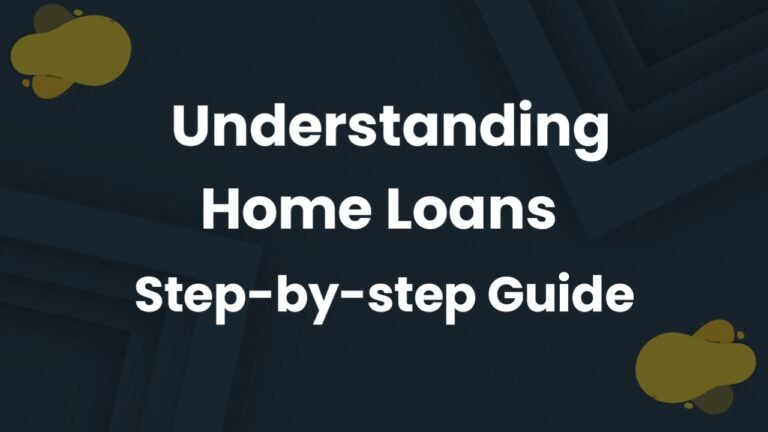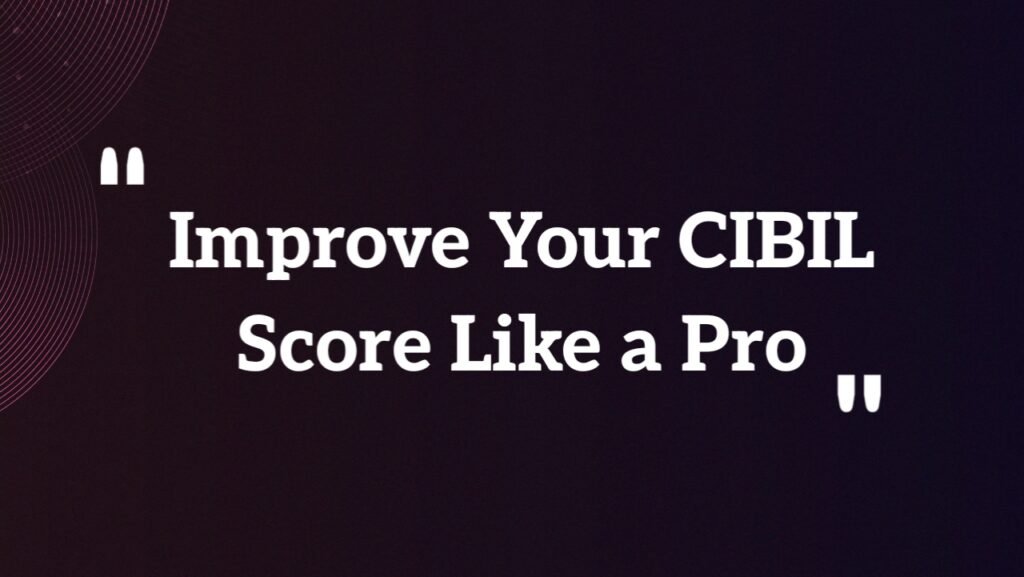Buying your first home is an exciting milestone, but navigating the world of home loans can feel overwhelming. From understanding the basics to choosing the right loan, every step is crucial to ensure a smooth journey to homeownership. This guide will break down the process into simple, easy-to-follow steps, making it accessible for first-time buyers.
Step 1: Understand What a Home Loan Is
A home loan, also known as a mortgage, is a loan provided by a financial institution to help you purchase a property. Instead of paying the full amount upfront, you repay the loan in monthly installments, which include the principal amount (the original loan) and interest (the cost of borrowing).
Home loans are secured loans, meaning the property serves as collateral. If you fail to repay the loan, the lender has the right to seize the property.
Step 2: Assess Your Financial Situation
Before applying for a home loan, take a close look at your financial health. This includes:
- Credit Score: A higher credit score can help you secure lower interest rates. Aim for a score of 700 or above.
- Income: Lenders will assess your income to ensure you can afford the loan repayments.
- Debt-to-Income Ratio (DTI): This measures your monthly debt payments against your income. Most lenders prefer a DTI ratio below 36%.
- Savings: You’ll need savings for the down payment, closing costs, and emergency reserves.
Step 3: Learn About Different Types of Home Loans
There are several types of home loans to consider. Understanding your options will help you choose the best fit for your needs:
1. Conventional Loans:
These are not insured by the government and typically require a higher credit score and down payment. They are ideal for buyers with strong financial profiles.
2. FHA Loans:
Insured by the Federal Housing Administration (FHA), these loans are designed for buyers with lower credit scores or smaller down payments. They are a popular choice for first-time buyers.
3. VA Loans:
Available to eligible veterans, active-duty military, and their families, VA loans are backed by the Department of Veterans Affairs and often require no down payment.
4. USDA Loans:
Offered to buyers in rural areas, these loans are backed by the U.S. Department of Agriculture and may require no down payment.
5. Fixed-Rate vs. Adjustable-Rate Mortgages (ARM):
- Fixed-Rate Mortgages: The interest rate remains constant throughout the loan term, providing predictable payments.
- Adjustable-Rate Mortgages: The interest rate starts low but may increase over time, depending on market conditions.
Step 4: Determine How Much You Can Afford
It’s essential to establish a realistic budget before house hunting. Consider:
- Down Payment: Most lenders require 10-20% of the home’s purchase price. However, some loans allow for lower down payments.
- Monthly Payments: Include the principal, interest, property taxes, and homeowner’s insurance.
- Additional Costs: Factor in maintenance, utilities, and potential homeowner’s association (HOA) fees.
Use online mortgage calculators to estimate your monthly payments and overall affordability.
Step 5: Get Pre-Approved for a Loan
A pre-approval letter from a lender shows sellers that you’re a serious buyer and have the financial backing to purchase a home. During the pre-approval process, the lender will review your financial information, including:
- Income and employment history
- Credit score and report
- Debt-to-income ratio
- Bank statements and tax returns
Once pre-approved, you’ll receive a letter stating the loan amount you qualify for, helping you narrow down your home search.
Step 6: Shop for the Best Loan
Not all lenders offer the same terms, so it’s important to shop around. Compare:
- Interest Rates: Even a small difference can save you thousands over the life of the loan.
- Loan Terms: Most mortgages have terms of 15, 20, or 30 years.
- Fees: Look out for origination fees, closing costs, and other charges.
Consider working with a mortgage broker who can help you find the best deal based on your needs.
Step 7: Choose the Right Loan and Lock in Your Rate
Once you’ve compared options, select the loan that best fits your financial situation and goals. Locking in your interest rate ensures it won’t change before closing, even if market rates fluctuate.
Step 8: Close the Loan
The final step in the process is closing the loan. During the closing meeting, you’ll:
- Review and sign all loan documents
- Pay the down payment and closing costs
- Receive the keys to your new home
Make sure to read all documents carefully and ask questions if anything is unclear.
Tips for First-Time Buyers
- Don’t Rush the Process: Take your time to understand the terms and conditions of your loan.
- Save for Unexpected Expenses: Homeownership comes with maintenance costs, so have an emergency fund ready.
- Work with Professionals: A real estate agent and mortgage advisor can guide you through the process.
- Stay Within Your Budget: Avoid the temptation to buy a home at the top of your budget.
Conclusion
Understanding home loans is the first step toward making informed decisions as a first-time buyer. By following this step-by-step guide, you can navigate the process with confidence and find a loan that aligns with your financial goals. Homeownership is a significant investment, but with the right knowledge and preparation, you can turn your dream of owning a home into a reality.


